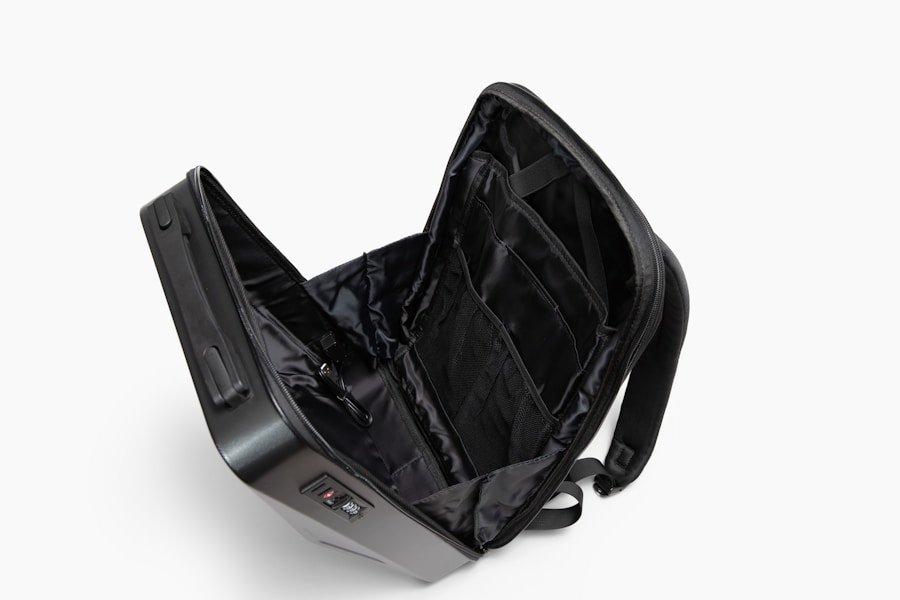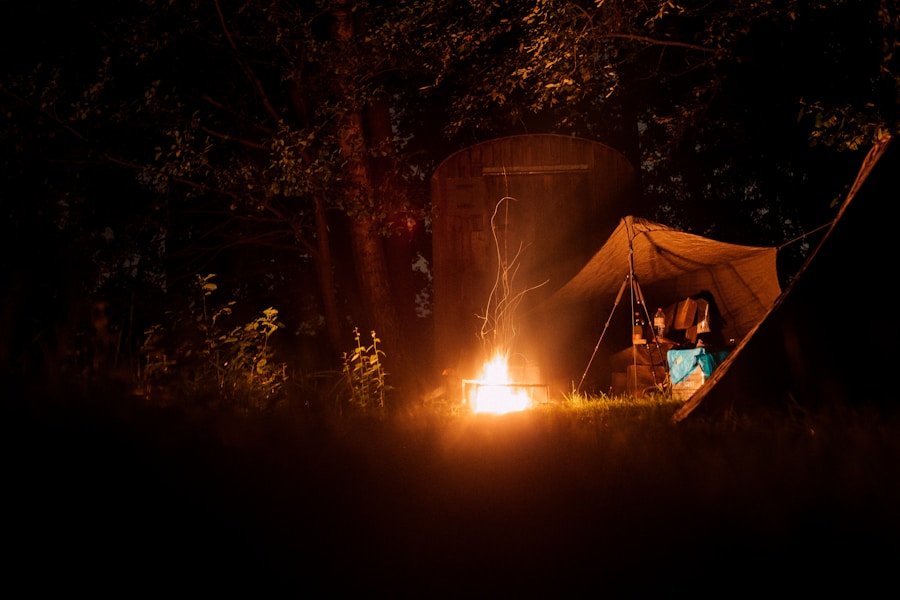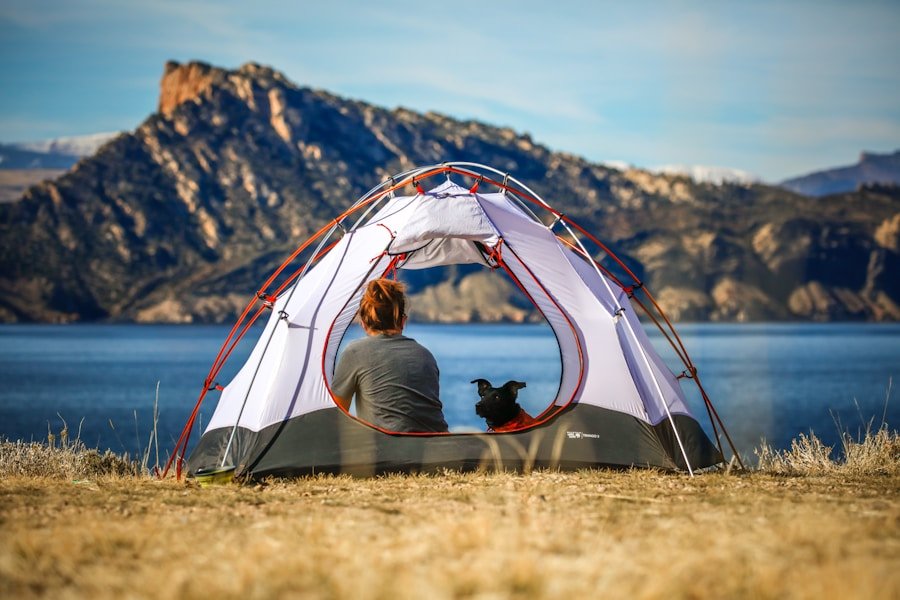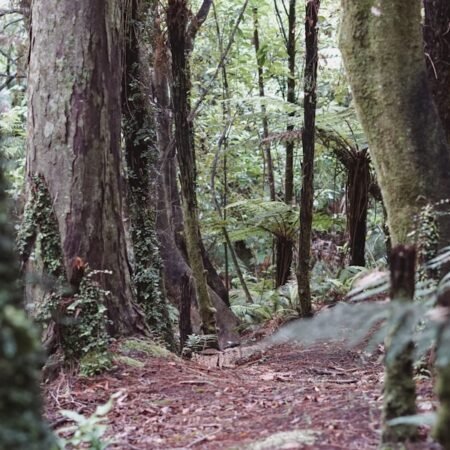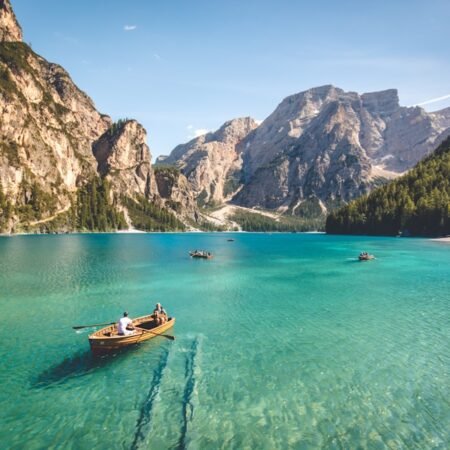When camping, selecting the appropriate gear is crucial for safeguarding your instruments. The initial step in protecting your instruments from the elements is to invest in a high-quality instrument case or bag. Opt for cases specifically designed for outdoor use, featuring waterproof materials, padded interiors, and secure closures.
Additionally, consider purchasing a durable instrument stand or hanger to keep your instruments elevated and away from potential hazards such as moisture, dirt, and insects. Another vital piece of camping gear to consider is a portable instrument shelter or canopy. This provides an additional layer of protection for your instruments, shielding them from rain, sun, and wind.
Look for a shelter that is easy to set up and take down, lightweight for easy transportation, and spacious enough to accommodate all of your instruments. Furthermore, remember to pack essential accessories such as instrument straps, extra strings, and cleaning supplies to maintain your instruments in optimal condition while camping. When selecting camping gear for instrument protection, it is essential to prioritize durability, weather resistance, and ease of use.
By investing in high-quality instrument cases, stands, shelters, and accessories, you can ensure that your instruments are well-protected during your outdoor adventures.
Key Takeaways
- Choose the right camping gear, such as hard cases and padded bags, to protect your instruments while camping.
- Set up a safe and secure campsite by keeping instruments away from potential hazards like fire and water.
- Weatherproof your instruments by using protective covers and keeping them out of direct sunlight and extreme temperatures.
- Properly store and transport your instruments in the wilderness by using secure straps and keeping them in a stable position.
- Maintain and clean your instruments regularly in the great outdoors to prevent damage from dirt, dust, and moisture.
Setting Up a Safe and Secure Campsite for Your Instruments
Once you have the right camping gear in place, it’s time to set up a safe and secure campsite for your instruments. When choosing a location for your campsite, look for a flat, dry area away from potential hazards such as falling branches, rocky terrain, or bodies of water. Clear the area of any debris or obstacles that could pose a threat to your instruments, and consider using a ground tarp or mat to provide an extra layer of protection from moisture and dirt.
When setting up your instrument shelter or canopy, make sure it is securely anchored to the ground to prevent it from being blown over by strong winds. Use stakes or weights to secure the corners of the shelter, and consider adding additional support such as guy lines or sandbags if you expect inclement weather. If you plan to leave your instruments unattended at any point during your camping trip, consider using a lock or security cable to deter theft.
In addition to securing your instruments from the elements and potential theft, it’s important to also consider the safety of your instruments in relation to other camp activities. Keep your instruments away from cooking areas and campfires to prevent damage from heat and smoke, and make sure they are stored in a safe location when not in use. By taking the time to set up a safe and secure campsite for your instruments, you can enjoy peace of mind knowing that they are well-protected during your outdoor adventures.
Weatherproofing Your Instruments for Outdoor Use
Weatherproofing your instruments is essential for protecting them from the elements while camping. Start by applying a protective coating or sealant to any exposed wood surfaces on your instruments to prevent moisture damage. Look for products specifically designed for musical instruments, and follow the manufacturer’s instructions for application.
Additionally, consider using a humidifier or dehumidifier to regulate the moisture levels inside your instrument cases and prevent warping or cracking. When it comes to protecting your instruments from extreme temperatures, consider using insulated instrument cases or bags to provide an extra layer of protection. Avoid leaving your instruments in direct sunlight or extreme heat for extended periods of time, as this can cause damage to the finish and internal components.
Similarly, be mindful of exposing your instruments to extreme cold or freezing temperatures, as this can also cause damage to the wood and metal components. In addition to protecting your instruments from moisture and temperature extremes, it’s important to also consider their protection from dust, dirt, and debris. Keep your instrument cases closed when not in use, and consider using dust covers or cloth wraps to provide an extra layer of protection.
By taking the time to weatherproof your instruments for outdoor use, you can ensure that they remain in top condition during your camping adventures.
Proper Storage and Transportation of Instruments in the Wilderness
| Topic | Metrics |
|---|---|
| Instrument Protection | Waterproof cases, humidity control packs |
| Storage | Secure storage options, hanging instruments |
| Cleaning | Microfiber cloths, instrument-safe cleaning solutions |
| Maintenance | Regular tuning, checking for damage |
Proper storage and transportation of your instruments is crucial for their protection while camping in the wilderness. When packing for your camping trip, make sure to securely pack your instruments in their cases or bags to prevent them from shifting or being damaged during transportation. Consider using padded dividers or foam inserts inside your instrument cases to provide additional protection and prevent movement.
When transporting your instruments to and from your campsite, be mindful of potential hazards such as rough terrain, bumpy roads, and inclement weather. Secure your instruments inside your vehicle using seatbelts or cargo straps to prevent them from sliding around or being damaged during transit. If you plan to hike or backpack to your campsite, consider using a durable instrument backpack or carrying case with padded straps for comfortable and secure transportation.
Once you arrive at your campsite, take care to store your instruments in a safe location away from potential hazards such as moisture, heat, and wildlife. Consider using a designated storage area inside your tent or shelter, or hang them on secure instrument stands or hangers to keep them off the ground. By properly storing and transporting your instruments in the wilderness, you can ensure that they remain safe and secure during your outdoor adventures.
Tips for Maintaining and Cleaning Instruments in the Great Outdoors
Maintaining and cleaning your instruments while camping in the great outdoors is essential for their longevity and performance. Start by regularly inspecting your instruments for any signs of damage or wear, such as loose strings, cracks in the wood, or tarnished metal components. Address any issues immediately to prevent further damage and ensure that your instruments remain in top condition.
When it comes to cleaning your instruments while camping, use a soft cloth or brush to remove any dust, dirt, or debris from the surfaces. Avoid using harsh chemicals or abrasive materials that could damage the finish or components of your instruments. Additionally, consider using a small vacuum or air blower to remove any debris from inside the instrument cases or bags.
In addition to regular maintenance and cleaning, it’s important to also take steps to protect your instruments from environmental factors such as humidity and temperature changes. Consider using a portable instrument humidifier or dehumidifier to regulate the moisture levels inside your instrument cases and prevent damage from warping or cracking. Similarly, be mindful of exposing your instruments to extreme temperatures and take steps to protect them from heat and cold.
By following these tips for maintaining and cleaning your instruments in the great outdoors, you can ensure that they remain in top condition during your camping adventures.
Protecting Instruments from Wildlife and Environmental Hazards
Protecting your instruments from wildlife and environmental hazards is crucial for their safety while camping. When setting up your campsite, be mindful of potential threats such as insects, rodents, and larger wildlife that could pose a risk to your instruments. Consider using insect repellents or traps to deter pests from approaching your instruments, and store food and scented items away from your instrument storage area.
In addition to wildlife threats, it’s important to also consider environmental hazards such as falling branches, windblown debris, and natural disasters. When choosing a location for your campsite, look for a sheltered area away from potential hazards such as rocky terrain or bodies of water that could pose a risk to your instruments. Consider using a durable instrument shelter or canopy to provide an extra layer of protection from windblown debris and falling branches.
Finally, be mindful of potential environmental hazards such as rain, snow, and wind when storing and transporting your instruments in the wilderness. Use waterproof instrument cases or bags to protect them from moisture damage, and secure them inside a sheltered area when not in use. By taking steps to protect your instruments from wildlife and environmental hazards while camping, you can ensure that they remain safe and secure during your outdoor adventures.
Emergency Repairs and Maintenance for Instruments in Remote Locations
Despite taking all necessary precautions, accidents can still happen while camping in remote locations. It’s important to be prepared for emergency repairs and maintenance for your instruments in case of unexpected damage or wear. Pack a small repair kit with essential tools such as screwdrivers, pliers, wrenches, and spare parts such as strings and reeds.
In addition to packing a repair kit, familiarize yourself with basic instrument repair techniques such as restringing guitars or tightening loose screws on wind instruments. Consider bringing along instructional materials such as repair manuals or online tutorials that can guide you through common repairs and maintenance tasks. If you encounter significant damage to your instruments while camping in remote locations, consider seeking assistance from local music stores or repair shops if available.
Alternatively, consider reaching out to fellow campers who may have experience with instrument repairs and maintenance. By being prepared for emergency repairs and maintenance for your instruments in remote locations, you can ensure that they remain in top condition during your outdoor adventures. In conclusion, safeguarding your instruments while camping requires careful consideration of various factors such as choosing the right camping gear for protection, setting up a safe and secure campsite, weatherproofing your instruments for outdoor use, proper storage and transportation of instruments in the wilderness, maintaining and cleaning instruments in the great outdoors, protecting instruments from wildlife and environmental hazards, and being prepared for emergency repairs and maintenance in remote locations.
By following these essential tips for safeguarding your instruments while camping, you can ensure that they remain safe and secure during your outdoor adventures.
FAQs
What are some essential tips for safeguarding instruments while camping?
Some essential tips for safeguarding instruments while camping include keeping instruments in a secure case, using a humidifier to regulate moisture levels, avoiding extreme temperatures, and being mindful of environmental elements such as dust and dirt.
How can I protect my instrument from extreme temperatures while camping?
To protect your instrument from extreme temperatures while camping, it is important to avoid leaving it in direct sunlight or near sources of heat. Additionally, storing the instrument in a temperature-controlled environment such as a vehicle or tent can help prevent damage from extreme heat or cold.
What should I do to protect my instrument from moisture while camping?
To protect your instrument from moisture while camping, consider using a humidifier to regulate the humidity levels in the instrument’s case. Additionally, storing the instrument in a waterproof case or covering it with a waterproof material can help prevent damage from rain or high humidity levels.
How can I safeguard my instrument from environmental elements such as dust and dirt while camping?
To safeguard your instrument from environmental elements such as dust and dirt while camping, it is important to keep it covered when not in use. Using a protective cover or case can help prevent dust and dirt from accumulating on the instrument’s surface and in its components.
What are some best practices for transporting instruments to and from a camping trip?
Some best practices for transporting instruments to and from a camping trip include using a sturdy and secure case, securing the instrument in a safe location within the vehicle, and avoiding placing heavy items on top of the instrument during transport. Additionally, it is important to check the instrument for any damage or issues upon arrival at the camping site.


